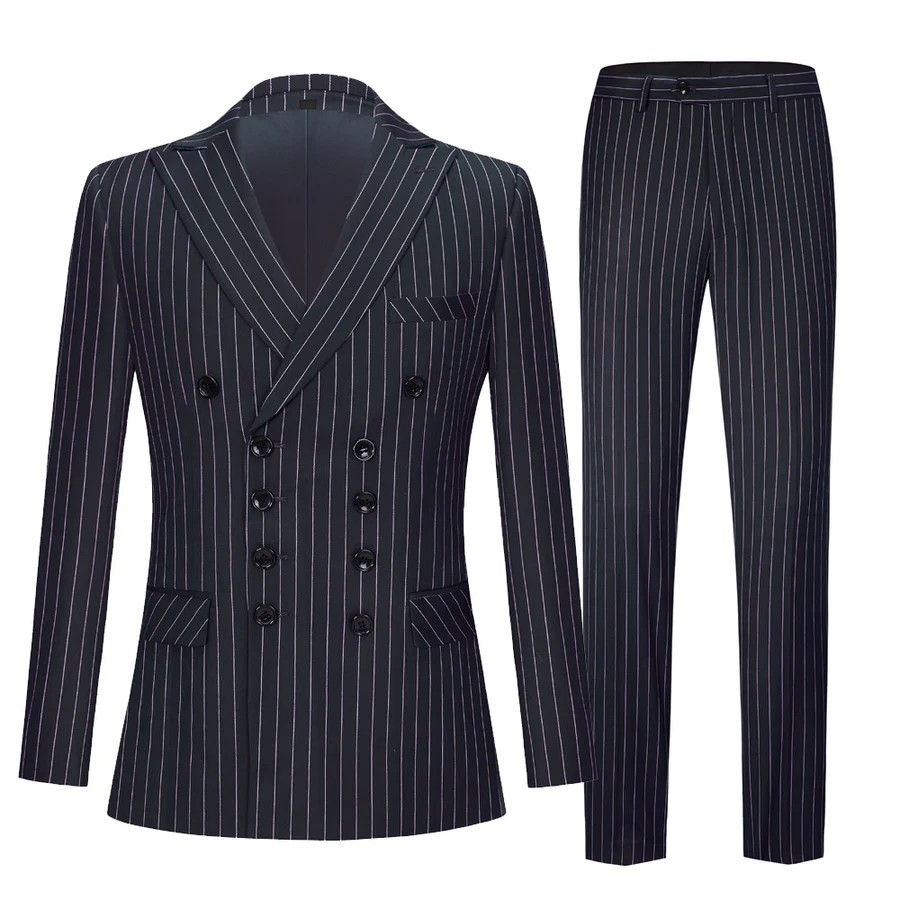The actors dress up to convey a certain image or to create an impact. Most of their uses may be found in the performing arts, such as movies and plays. The drive to realism in the performing arts has helped fuel the rise of the fad known as cosplay.
Not all people who dress up as a character in a role play really do so. The outfits can be stored conveniently, used often, and won’t break the bank. Cosplay will provide a one-of-a-kind, amazingly lifelike, and immersive experience. Consider the fashion and attire that Johnny Depp sported in the Pirates of the Caribbean films.
In addition, developments in technology have made it less difficult to design, plan, and manufacture cosplay items. Keeping the end-user pleased will be the hardest part, and that starts with picking the right fabric. Following is a demand and supply buying advice for a variety of products like the Bonnie and Clyde Costume.
Recommendations for Obtaining a Specific Type of Material
To make a cosplay seem like it’s based on the real world, fabric is crucial. There are several things to think about while deciding on a cloth for a cosplay costume.
- High-quality products should be the first and foremost factor in any analysis of current fashion trends. Because of this, modern clothing manufacturers choose textiles of the finest possible quality depending on the patterns. The corporations may rate products based on their thread type, thickness, length, and even how they feel.
- It’s important to remember that the person could have to wear it for a while. Also, AC theatres aren’t always the best places to see things like movies and street plays. In light of this, it follows that a high-quality product would function admirably in any climate.
- It’s important to choose a fabric that doesn’t irritate the skin and lets air circulate freely through it. Keep in mind that the cut, the durability, and the overall appearance of an outfit are all directly affected by the fabric used. If a fabric is of great quality, it is more likely to attract a large consumer base in the cosplay industry.
- Categories of Textiles Fabrics may be made from either natural or synthetic fibres, or a blend of the two although professionals classify materials into two broad types, weavers and knitters.
That which is Woven
Cotton, linen, leather, silk, and denim, all examples of natural fibres, are best for those with sensitive skin. Fabrics made entirely from natural fibres are often referred to as wovens.
Woven materials don’t stretch and can be sewn swiftly and efficiently. Examples of common woven materials include cotton, linen, wool, silk, polyester, twill, chiffon, organza, velvet, and brocade. There are also a great deal of other possibilities.
Conclusion
As these fabrics may help you generate an opulent look, they are a good choice for cosplayers. Linen and cotton, due to their light weight and comfort, are great choices for a cosplay outfit. If a customer wants their final product to have a flowing look but a lower GSM count, chiffon and organza are great possibilities.

